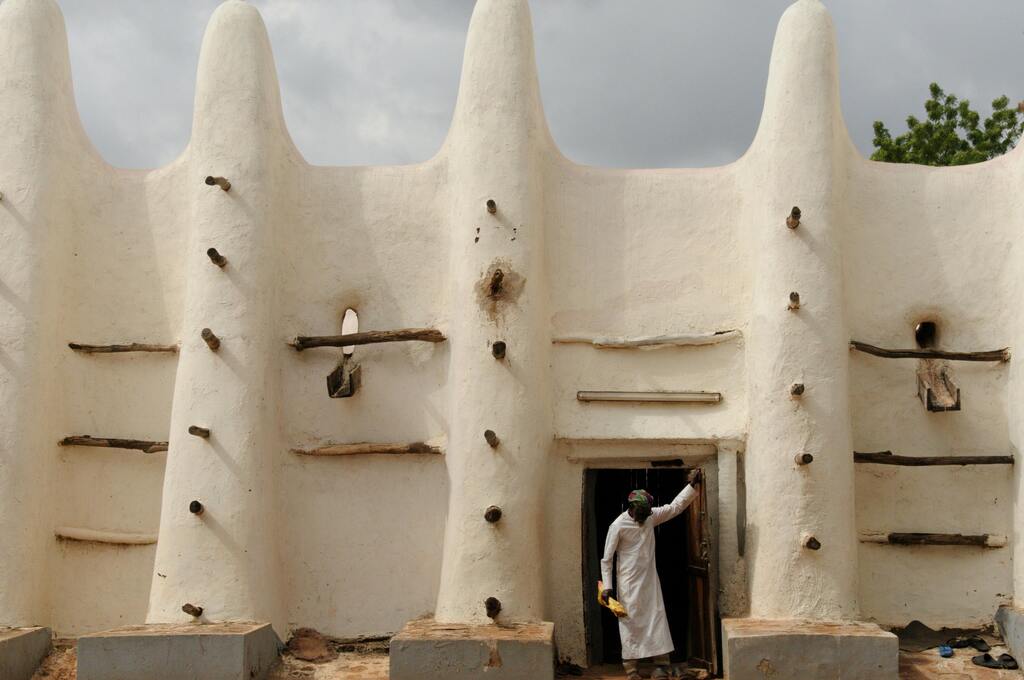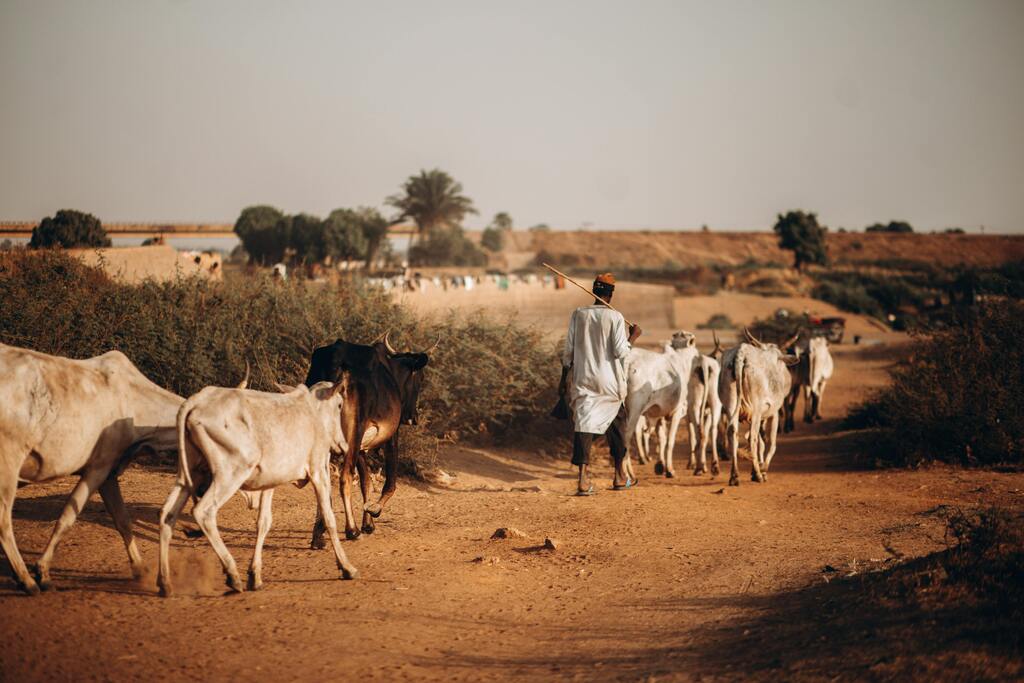Nakore Mosque – An Ancient Gem of Northern Ghana’s Islamic Heritage
Dagbani
Tucked away just a few kilometers outside Wa, in Ghana’s Upper West Region, the Nakore Mosque stands as one of the country’s most remarkable — yet lesser-known — examples of Sudanic-Sahelian Islamic architecture. Although not as widely publicized as the Larabanga Mosque, Nakore holds deep spiritual significance for the local Muslim community and offers visitors a fascinating glimpse into West Africa’s centuries-old Islamic traditions.
History and Islamic Influence
Islam was introduced into West Africa from North Africa as early as the 10th century, spreading southward along trans-Saharan trade routes. These routes, used by Mande warriors, Berber traders, and Islamic missionaries, connected Ghana with other regions of the Sahel and played a central role in shaping the religious and cultural landscape of northern Ghana.
By the 17th century, Islamic settlements had been firmly established in areas like Wa, leading to the construction of mosques such as Nakore. These mosques were not only spiritual centers but also served as places for learning, rest, and social cohesion among the faithful.

Larabanga Mosque - Please, be respectful!
Architecture: Sudanic Style
The Nakore Mosque is built in the Sudanic style, a distinctive West African architectural tradition that combines vernacular building techniques with Islamic design principles. The structure is rectangular, supported by internal timber-frame pillars, and features two pyramidal towers — the minaret and the mihrab — that rise above the building.
The exterior is marked by thick buttresses and pinnacles that project above the walls, giving the mosque its striking, sculptural silhouette. These design elements not only enhance the mosque's appearance but also serve practical functions, supporting the structure and providing places to rest construction beams.
This architectural style can also be seen in other parts of West Africa, including Burkina Faso and Côte d’Ivoire, and is considered an important symbol of cultural continuity and Islamic influence across the region.
Religious Life and Cultural Significance
The Nakore Mosque is more than a historical monument—it remains a living place of worship. On Fridays and during religious festivals, worshippers gather for communal prayers, Quranic readings, and spiritual guidance. The mosque is also a place for pilgrimage for local Muslims.
On special occasions or in times of personal difficulty, private readings of the Qur’an may be requested from the Chief Imam, often accompanied by offerings such as the sacrifice of a cow or other donations for the well-being of the community.
Tourism and Visiting the Site
While sacred, the Nakore Mosque also welcomes respectful visitors. It offers a solemn yet enriching experience, providing insight into the religious traditions, artistry, and resilience of the Muslim communities of northern Ghana. Photography may be limited inside the mosque, so visitors are advised to ask permission.
If you're exploring the Upper West Region, the Nakore Mosque is a perfect stop to complement your journey — a tranquil place to reflect and learn more about Ghana's northern heritage.
Nearby Historic Mosques
Dondoli Mosque – Located in Wa, this 19th-century mosque also features Sudanic architecture and serves as another spiritual landmark.
Wechiau Mosque – Situated near the Wechiau Hippo Sanctuary, it adds both ecological and cultural depth to any visit to the region.
Getting There
From Wa, Nakore is easily accessible by local transport or private car, with the drive taking about 15 to 20 minutes. Roads are generally passable, though some sections may be rough during the rainy season. Guided tours can often be arranged in Wa through local cultural offices or tourism centers.
For travelers coming from the south of Ghana, flights to Wa Airport from Accra are available on select days, followed by a short drive to the mosque.

Savannah area. Most of the year, a dry land.